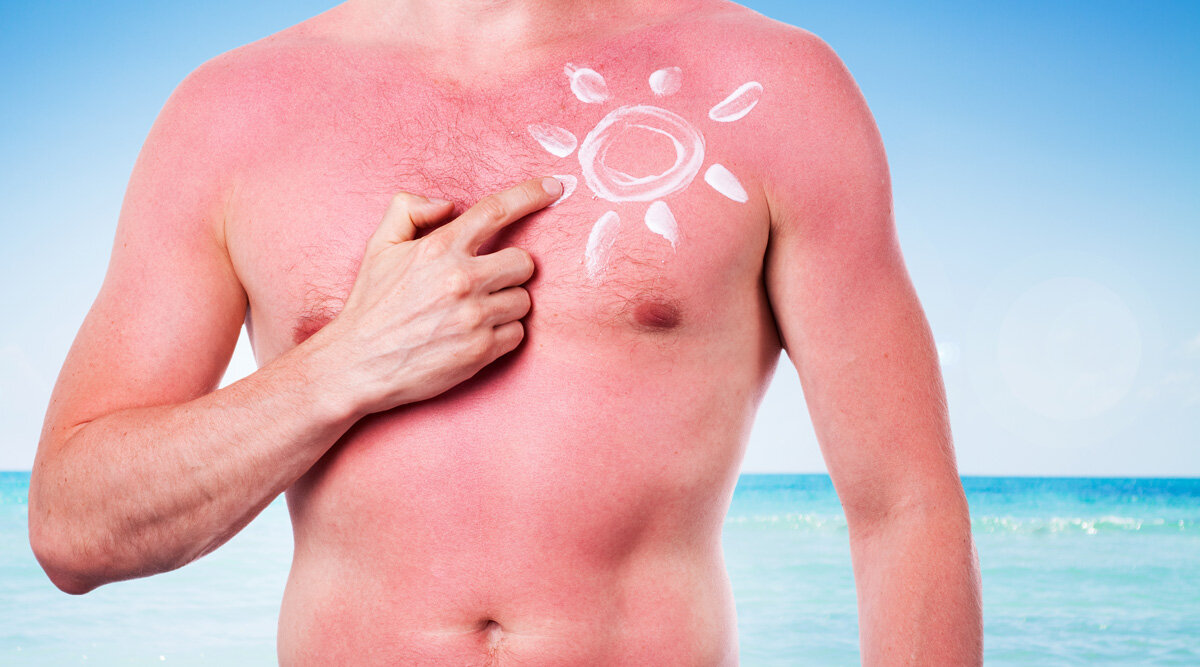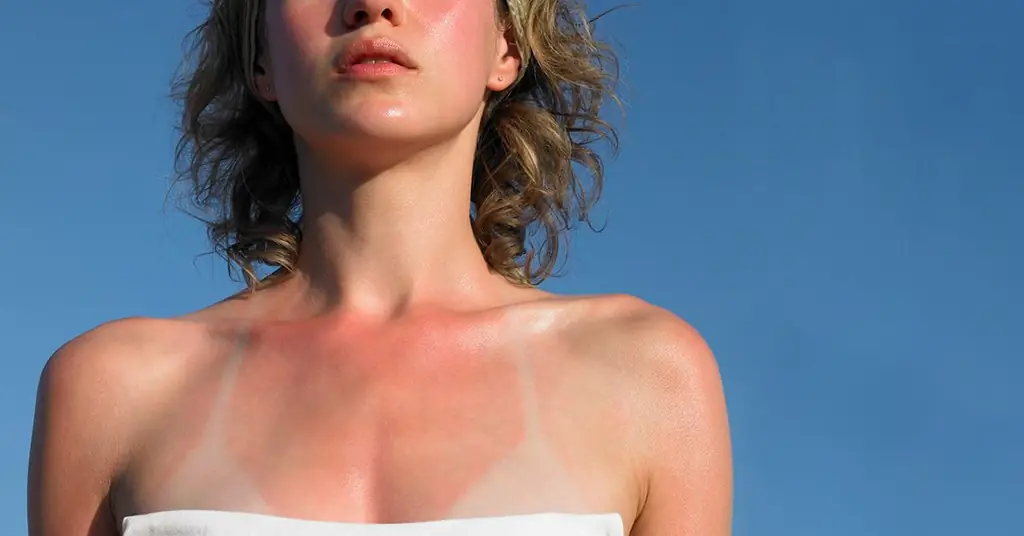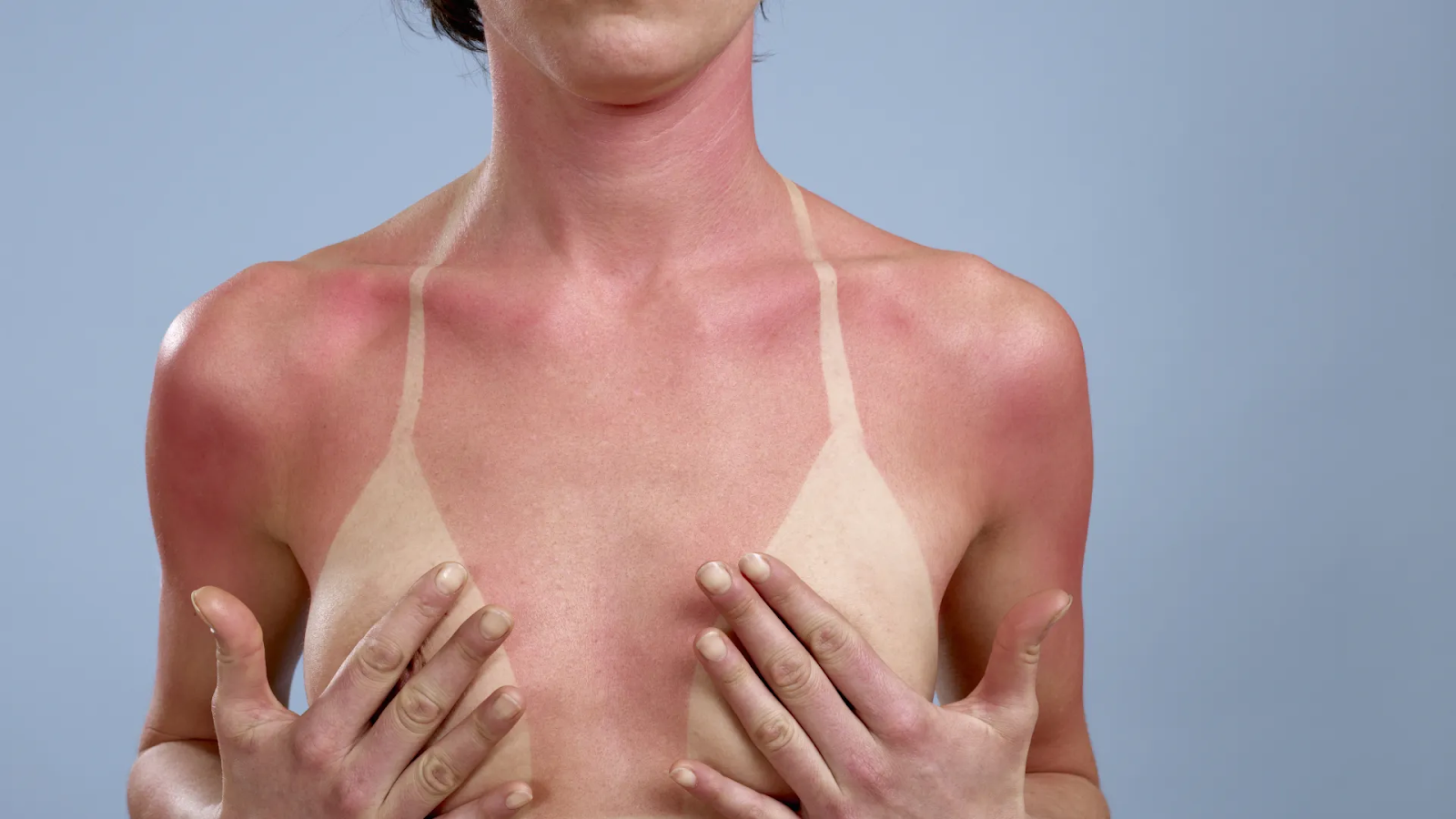Your chest, much like your face, can show significant signs of aging and sun damage. Prolonged exposure to UV rays can result in discoloration, loss of elasticity, and a texture that feels leathery to the touch. But there’s hope for those who have noticed these changes. This article explores practical and effective methods to repair sun-damaged skin on the chest. Whether it’s through prevention, topical treatments, or professional procedures, we will delve into ways to reverse the damage and protect your skin for the future.
Understanding Sun Damage on the Chest
The Impact of UV Rays on Chest Skin
The chest area is often exposed to the sun’s harmful UV rays, leading to premature aging and skin damage. The skin on the chest is thinner and has fewer oil glands than the face, which makes it more susceptible to drying and sun damage. Prolonged UV exposure breaks down collagen and elastin, the proteins that keep skin firm and supple. Over time, this can lead to sagging skin and wrinkles.
Signs and Symptoms of Sun Damage
Symptoms of sun damage on the chest can include hyperpigmentation (sun spots), rough texture, wrinkles, and fine lines. Some may also experience actinic keratosis, which are precancerous skin lesions that feel rough or scaly. It’s important to keep an eye on any changes and consult a dermatologist for any concerning lesions.
Preventative Measures to Protect Your Chest

Choosing the Right Sunscreen
When it comes to protecting your chest from further sun damage, the kind of sunscreen you choose is crucial. A broad-spectrum sunscreen with an SPF of 30 or higher is essential. It should be applied generously and re-applied approximately every two hours, or immediately after swimming or excessive sweating.
Wardrobe Choices for Sun Protection
In addition to sunscreen, clothing can offer additional protection. Opt for garments with a tight weave and UPF (ultraviolet protection factor) rating, which can shield the delicate skin on your chest from UV rays. On particularly sunny days, consider wearing a high-collared shirt or a light scarf for added coverage.
Treatment Options for Sun-Damaged Chest Skin

Topical Treatments That Work
There are many over-the-counter products that can help to mitigate the signs of sun damage. Look for creams and serums containing ingredients such as retinol, vitamin C, and alpha hydroxy acids, which can help to stimulate collagen production and expedite cell turnover. Consistent application as directed can, over time, result in noticeable improvement in skin tone and texture.
In-Office Procedures for Sun Damage Repair
For those seeking more dramatic results, professional treatments can be beneficial. In-office procedures such as laser therapy, chemical peels, and photodynamic therapy target deeper layers of skin to promote regeneration and repair. It is always recommended to discuss these options with a dermatologist to find the best course of treatment for your specific needs.
| Treatment | Benefits | Estimated Downtime |
|---|---|---|
| Laser Therapy | Targets pigmentation, stimulates collagen | 5-7 days |
| Chemical Peel | Removes dead skin cells, reveals fresh skin | 1-14 days |
| Photodynamic Therapy | Addresses precancerous cells, improves texture | 2-3 days |
Natural Remedies and Home Care
DIY Masks and Scrubs
Homemade solutions utilizing ingredients like honey, yogurt, or aloe vera can soothe and moisturize the skin. Natural scrubs made with sugar or oatmeal can gently exfoliate the skin and improve its overall appearance. It’s important, however, to be gentle with sun-damaged skin and avoid aggressive scrubbing.
The Role of Antioxidants and Nutrients
Antioxidants such as vitamin E and C can protect skin cells from the damage caused by free radicals. Integrating antioxidant-rich foods into your diet can help support your skin’s healing process. Additionally, staying well-hydrated and consuming omega-3 fatty acids can maintain skin moisture and aid in the repair of damaged skin cells.
Building a Skin Care Routine
Daily Practices for Healthier Chest Skin
A daily skincare routine for the chest should include gentle cleansing, moisturizing, and the application of a broad-spectrum sunscreen. This consistent care can prevent further damage and nurture the skin as it heals. Be sure to select products that complement your skin type and address specific concerns like dryness or pigmentation.
Night-time Skincare: The Optimal Time for Repair
At night, the skin undergoes its natural repair process. Leveraging this by incorporating products that contain active ingredients such as retinol or peptides can enhance skin recovery. Apply these before bed to clean skin to help reduce the appearance of damage while you sleep.
When to Consult a Professional
If you have tried various home treatments and have not seen the desired results, or if you have noticed any suspicious changes in your skin, it may be time to visit a dermatologist. A professional can provide a proper diagnosis and recommend the most effective treatment options for your sun-damaged skin.
Conclusion
Repairing sun-damaged skin on the chest requires a multifaceted approach, including prevention, effective home care, and possibly professional treatments. By understanding the extent of the damage and implementing a comprehensive skin-care routine, you can make significant strides towards restoring skin health. Patience is key, as skin repair is a gradual process, but the benefits of a more youthful and resilient chest area are well worth the effort.
FAQs about Repairing Sun-Damaged Skin on the Chest
- Can sun damage on the chest be completely reversed? While some effects of sun damage may be permanent, many symptoms can be improved significantly through proper skincare and treatments. However, the extent of reversal depends on the severity of the damage and the methods used.
- How long does it take to see improvements in sun-damaged chest skin? The time frame for improvement can vary based on the treatment chosen and the individual’s skin type. Generally, it can take several weeks to months to notice a difference, with ongoing care being crucial for the best results.
- Are there any specific ingredients to look for in topical products for sun damage? Yes, ingredients such as retinoids, vitamin C, hydroquinone, glycolic acid, and niacinamide can be effective in treating sun damage. Always consult with a dermatologist before starting any new skincare ingredient.
- Is it safe to use DIY remedies on sun-damaged skin? Some DIY remedies can be safe and beneficial; however, they should be used cautiously, as certain home ingredients can irritate damaged skin. Stick to proven gentle ingredients and patch test any new remedy.
- Can dietary changes help repair sun-damaged skin? Yes, a diet rich in antioxidants, healthy fats, and vitamins can support skin repair from within. Incorporate foods like leafy greens, berries, fatty fish, and nuts for skin health.
